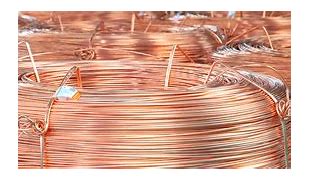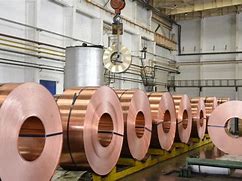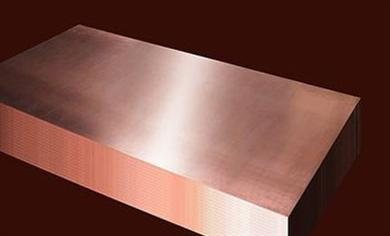**When Copper Meets Brass: The Hidden Drama in Your Plumbing**
(What Happens If You Have Copper Pipes And Brass Fittings)
Plumbing isn’t something most people think about until a pipe leaks or a faucet drips. But behind your walls, there’s a quiet world of metals interacting in ways that might surprise you. Copper pipes and brass fittings are common in homes, and they usually work well together. But sometimes, their relationship gets complicated. Let’s dig into what happens when these two metals team up—and how to keep the peace.
Copper pipes have been a plumbing favorite for decades. They’re durable, resist corrosion, and handle heat like a champ. Brass fittings—those connectors, valves, and joints—are also popular. Brass is strong, easy to shape, and looks good. Both materials seem like a perfect match. But here’s the catch: copper and brass aren’t exactly the same. Brass is actually a mix of copper and zinc. Sometimes it contains other metals like lead or tin. This difference in composition sets the stage for a sneaky problem called electrolysis.
Electrolysis happens when two different metals sit in water, which acts as a conductor. Tiny electrical currents flow between them, causing the weaker metal to break down. Think of it like a slow-motion tug-of-war. In this case, copper usually holds up better than brass. Over time, the zinc in brass can corrode, leaving behind pitted fittings or even leaks. This isn’t a guaranteed disaster, but it’s a risk—especially if your water has high acidity or mineral content.
So why do plumbers still pair copper and brass if there’s a risk? Because the problem is avoidable. One fix is using something called a dielectric union. This special fitting separates the two metals with a plastic sleeve or rubber washer, stopping the electrical current. It’s like putting a mediator between two arguing friends. Another trick is applying Teflon tape or pipe joint compound to the threads. This creates a tighter seal, keeping water from speeding up the corrosion process.
You might wonder: how long does it take for issues to show up? It depends. In areas with soft water, brass and copper might coexist happily for decades. Hard water or aggressive chemicals in the supply can speed things up. If you spot greenish stains around fittings or notice a drop in water pressure, it’s time to investigate. Small leaks often start as slow drips but can escalate if ignored.
Maintenance matters too. Checking exposed pipes and fittings every few months helps catch problems early. If you’re DIY-ing a plumbing project, stick to the same metal when possible. Not sure? Ask a pro. Mixing metals isn’t always bad, but knowing how they interact saves headaches later.
(What Happens If You Have Copper Pipes And Brass Fittings)
Brass and copper aren’t enemies—they just need rules to play nice. With the right precautions, your plumbing can stay leak-free and efficient. And if you’re ever in doubt, remember: even tiny details like a strip of Teflon tape can make a big difference. After all, the best plumbing is the kind you never have to think about.
Inquiry us
if you want to want to know more, please feel free to contact us. (nanotrun@yahoo.com)



